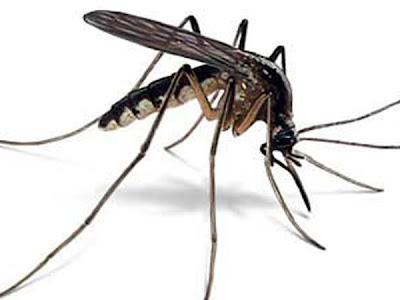A la bia, a la bao, a la bin-bon-ba
(ah lah BEE-ah, a lah BAOW, ah lah BEAN-BOHN-BAH)
TERBSA, TERBSA, ra, ra ra.
(TEHRB-suh, TEHRB-suh, rah, rah, rah.)
On the 13th of April our team played the first game of the season on a dirt field in a little rancho community on the outskirts of town called “Rancho San Antonio El Chico”. We won that game 2 to 1. We also won this last game which was for the division cup championship (Torneo de Copa Campeon) but it was a cliffhanger. It ended in a tie score 2-2 but we won in penalty kicks by blocking the last free kick of our opponent. Our goalie saved the day and the guys carried him off the field on their shoulders. Our head coach, Marco Solis Iturriaga is also our company accountant and he was a nervous wreck before it was all over. After the game it took nearly a half dozen cold beers to calm him down. Our team plays in the “Liga Irapuatense De Futbol Amateur, A.C. (L.I.F.A.), 2nd Fuerza “D”. There are many levels of amatuer fútbol because in Mexico fútbol is more than a game...it is a way of life. Little kids start playing fútbol right after they take their first steps (but not before they take their first swing at a piñata).
My wife Gina is a big fútbol fan but I must confess that I am not a big aficionado. For all the time I have spent here I still don't really understand the game. To me a game of fútbol looks like a series of completely random acts. I bought a book called “Soccer for Dummies” or something like that to see if it would help but all it did was to confuse me all the more. I just go to the games to have a good time and “echar porras” and yell GOALLLLLLL like a maniac whenever my team scores. In the pictures below you can see how bedraggled our team looked at the beginning of the season and how much better they look now after becoming champions. You can also see by the picture of the “gradas” that there weren't many people in the stands. The word “gradas” means “big steps” or “terraces” and that is the word that the people use for what we would call “the stands” or “the bleachers” in English. Since it was a warm day most of the fans preferred to sit in the shade under the trees that ringed the field.
As long as I am talking about fútbol and Spanish vocabulary I think I ought to clue you in on a phrase that you might hear if you go to a big Mexican fútbol stadium. In a post that I wrote entitled “Supermarket Parking Lot” I wrote about using the word “aguas” (waters) to mean danger. There is another way to use “agua” (water) in the singular form to mean a certain kind of danger but it is not very pretty. Sometimes in a big fútbol stadium and especially when there is a big rivalry between the teams the atmosphere can get very heated and the fans quite inebriated. If someone is standing up to cheer all the time and the people behind them can't see the field they will shout “¡Ahí viene el agua!” Which means “Here comes the water”. That means that if you don't sit down they will urinate into their empty beer cups and throw it down on you. The moral of the story is that if you ever hear someone yell “¡Ahí viene el agua!” you better look around to make sure that they aren't yelling at you, and if they are...for goodness sake sit down!


















































